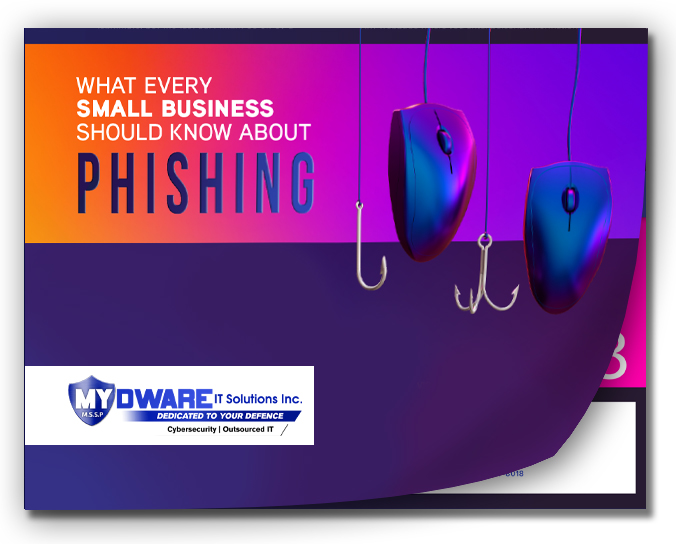
Quick question: Do you know exactly who in your business can access sensitive files right now? If the answer is no, you’re not alone—and that’s a serious cybersecurity risk.
Research in 2025 shows that nearly half of employees in Canadian businesses have access to far more data than they actually need. That’s a problem, because every unlocked door creates opportunities for mistakes, leaks, and even malicious activity.
Before we break down why this happens and what you can do about it, protect your business today with a FREE cybersecurity risk assessment.
Why Extra Access Equals Extra Risk
When employees can see information outside their job role, it creates what’s known as insider risk. This doesn’t always mean sabotage—it’s often simple human error. Someone clicks a bad link, forwards a file to the wrong person, or holds onto access even after they leave.
Attackers know this, which is why so many common cyber threats are designed to exploit insiders. The more access people have, the more damage one mistake can cause.
1. The Problem of “Privilege Creep”
Over time, employees collect more access than they really need. This happens when people change roles, get added to new tools, or when no one reviews permissions.
That creeping access adds up, leaving huge amounts of business data exposed. Even worse, many companies admit ex-employees still have system access months after leaving—like giving your office keys to someone who no longer works there.
2. Why Cloud Tools Make It Harder
In today’s world of AI apps, shared drives, and invisible IT, access isn’t always obvious. Employees often sign up for tools without IT oversight, making it tricky to track who can see what.
This is exactly how fake IT support scams sneak in, convincing staff to “fix” accounts or install software. Learn how fraudulent IT support calls lead to ransomware and why unmanaged access makes your business more vulnerable.
3. Fixing Access the Right Way
The solution is adopting a least privilege model—employees only get the access needed for their job, nothing more. Some businesses take it further with “just-in-time” access, granting temporary permissions only when required.
Equally important is quickly cutting access when staff leave. Automating these processes and running regular audits can reduce insider risk dramatically. Curious about data protection myths? Read our guide on dangerous cloud backup misconceptions before assuming your data is covered.
Protect Your Business Before Insiders Slip Up
Most insider risks aren’t intentional—they’re the result of sloppy setups and unchecked access. But one mistake is all it takes to expose your customer data and damage your reputation.
Don’t wait until an employee with “too many keys” opens the wrong door. Lock things down now with a FREE cybersecurity risk assessment and keep your business protected.
Darryl Cresswell
CEO & President
MYDWARE IT Solutions Inc.




